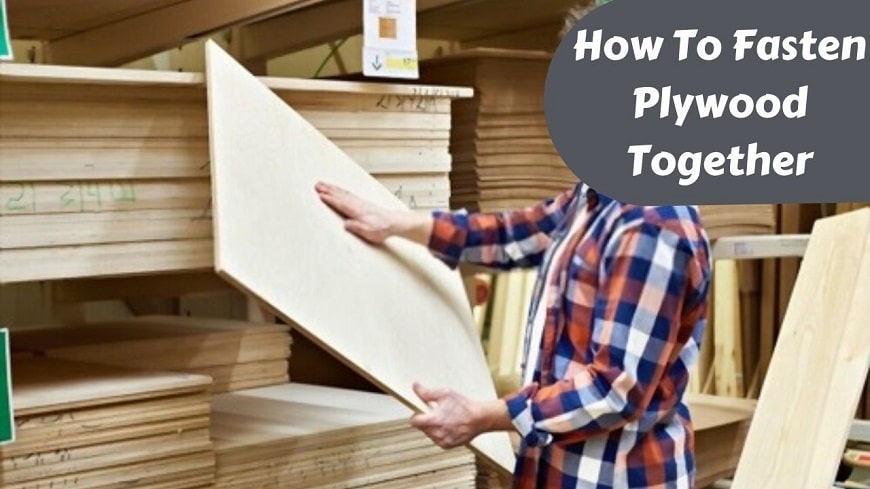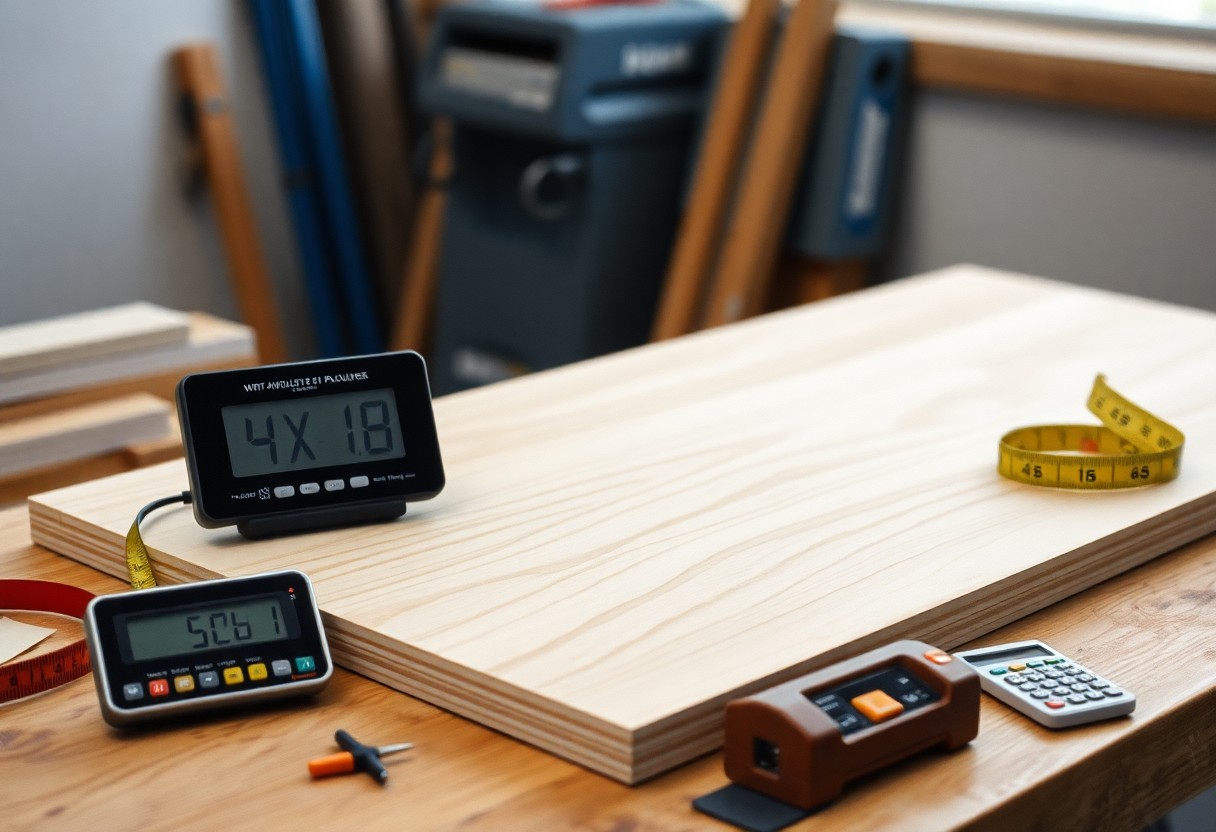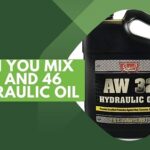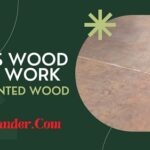When it comes to construction and woodworking projects, choosing the right type of plywood is essential. Two commonly used options are BC plywood and CDX plywood.
While they may appear similar at first glance, there are significant differences between them that can affect their performance, appearance, and suitability for various applications.
In this article, we will delve into the characteristics, uses, and considerations of BC plywood and CDX plywood to help you make an informed decision.
BC Plywood vs CDX
| Criteria | BC Plywood | CDX Plywood |
|---|---|---|
| Grades | B/C | C/D |
| Face | B grade | C grade |
| Back | C grade | D grade |
| Usage | Versatile | Construction |
| Core | Veneer | Plywood |
| Layers | 5-7 | 5-7 |
| Strength | Moderate | Strong |
| Durability | Medium | High |
| Moisture Resistance | Moderate | High |
| Cost | Higher | Lower |
One of our articles –BCX vs ACX Plywood.
What is BC Plywood?
BC plywood, also known as B-grade plywood, is a versatile and durable type of plywood widely used in construction projects.
The “BC” designation refers to the grading system used to assess the quality of the plywood. The letter “B” signifies that the face of the plywood has a B-grade finish, which means it may have slight imperfections or knots.
However, the reverse side (back) typically has a C-grade finish, which may contain more visible imperfections.
Pros:
- Superior strength and durability
- Smooth finish on the face
- Suitable for visible applications
- Better moisture resistance
Cons:
- Relatively higher cost
- Limited availability in some regions
What is CDX Plywood?
CDX plywood is another commonly available type of plywood widely used in construction applications.
The term “CDX” stands for C-grade face, D-grade back, and exterior glue. CDX plywood is constructed with a C-grade veneer on the face, which may have some knots and imperfections.
The back side is made of a lower-grade D-veneer, and the whole sheet is bonded with exterior-grade glue, making it suitable for exterior applications.
Pros:
- Cost-effective option
- Suitable for structural applications
- Widely available
- Exterior-grade glue for better moisture resistance
Cons:
- Visible knots and imperfections
- Not as aesthetically pleasing
- Limited suitability for visible applications
One of our articles –Thermo Ply vs Plywood.
Understanding BC Plywood and CDX Plywood
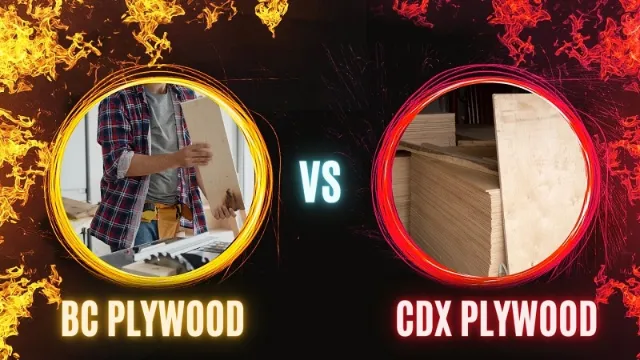
Definition and Composition
BC plywood and CDX plywood are both types of softwood plywood, which is made from thin layers of wood veneer glued together with adhesives. They are commonly used in construction and woodworking projects due to their strength, versatility, and cost-effectiveness.
BC plywood is a higher-grade plywood, typically made from Douglas fir or Western larch. The “BC” grading indicates that the face veneer is of B-grade quality, while the back veneer is of C-grade quality. It usually has fewer voids and defects compared to CDX plywood, making it more aesthetically pleasing.
CDX plywood, on the other hand, is a lower-grade plywood often made from softwood species such as fir, pine, or spruce. The “CDX” designation signifies that the face veneer is of C-grade quality, while the back veneer is of D-grade quality. CDX plywood is known for its durability and strength, making it suitable for structural applications where appearance is less critical.
Common Uses
BC plywood is widely used in applications where aesthetics are important, such as furniture, cabinetry, and decorative projects. Its smoother surface and higher quality face veneer make it ideal for projects that require a more refined finish.
CDX plywood, with its emphasis on strength and durability, is commonly used for structural purposes such as sheathing, subflooring, and roof decking. It is often utilized in areas where appearance is less significant but structural integrity is paramount.
Strength and Durability
BC Plywood
BC plywood is known for its strength and stability. The B-grade face veneer offers a relatively smooth and consistent surface, while the C-grade back veneer provides structural support. It has excellent load-bearing capabilities, making it suitable for heavy-duty applications. BC plywood is also resistant to warping and bending, ensuring long-term durability.
CDX Plywood
CDX plywood is highly regarded for its durability and resistance to moisture. The C-grade face veneer may contain some knots and imperfections, but it maintains structural integrity. The D-grade back veneer contributes to the overall strength of the plywood. CDX plywood is commonly used in applications that require protection against the elements, such as exterior sheathing and roofing.
Appearance and Grading
BC Plywood
BC plywood stands out for its superior appearance and smooth surface. The B-grade face veneer is free from knots and defects, resulting in an attractive finish. The C-grade back veneer, while less visually appealing, does not compromise the plywood’s structural integrity. BC plywood is often chosen for projects that demand an aesthetically pleasing appearance.
CDX Plywood
CDX plywood, with its focus on strength rather than appearance, may have visible knots and imperfections on the face veneer. These characteristics do not affect the plywood’s structural performance. The D-grade back veneer may contain voids or patches, but they do not hinder the overall durability of the plywood. CDX plywood is primarily chosen for its functionality rather than its visual appeal.
Price and Availability
In terms of price, CDX plywood is generally more affordable than BC plywood. Its lower-grade face veneer and simpler production process contribute to its cost-effectiveness. CDX plywood is widely available in various sizes and thicknesses, making it a popular choice for budget-conscious projects.
BC plywood, being a higher-grade option, is typically more expensive than CDX plywood. Its enhanced appearance and superior quality contribute to its higher price point. BC plywood may have more limited availability compared to CDX plywood, particularly in certain regions or specialty suppliers.
Factors to Consider
When choosing between BC plywood and CDX plywood, several factors need to be considered. These include the specific application, budget, desired aesthetics, water resistance requirements, and project specifications. It is essential to evaluate each factor carefully to select the most suitable option for your project.
Choosing Between BC Plywood and CDX Plywood
When deciding between BC plywood and CDX plywood, several factors should be considered:
- Application: Determine the specific requirements of your project. If appearance is crucial, BC plywood is the preferred choice. For structural applications where aesthetics are less important, CDX plywood is suitable.
- Budget: Consider your budget and the cost-effectiveness of each option. CDX plywood is generally more affordable, making it an attractive option for cost-conscious projects.
- Durability: Assess the project’s exposure to moisture, weather conditions, and heavy loads. BC plywood offers better stability and resistance to warping, while CDX plywood excels in durability and moisture resistance.
- Availability: Check the availability of each type of plywood in your area. While CDX plywood is more commonly found, BC plywood may be necessary for specific aesthetic requirements.
By carefully evaluating these factors, you can make an informed decision on whether to choose BC plywood or CDX plywood for your project, ensuring that it meets your functional and aesthetic needs.
Useful Tips of BC Plywood vs CDX
| Criteria | BC Plywood | CDX Plywood |
|---|---|---|
| Plywood Grade | BC stands for one “B” face and one “C” face. | CDX stands for one “C” face and one “D” face. |
| Face Appearance | One high-quality face (B grade) with minimal defects. | One rougher face (C grade) with more knots and imperfections. |
| Back Appearance | One lower-quality face (C grade) with more defects. | One rougher face (D grade) with more knots and imperfections. |
| Core Material | Typically made from softwood veneers. | Typically made from softwood veneers. |
| Exterior Use | Suitable for exterior applications with proper finishing. | Suitable for exterior applications with proper finishing. |
| Moisture Resistance | Resistant to moisture when properly sealed and maintained. | Resistant to moisture when properly sealed and maintained. |
| Strength and Durability | Provides good strength and durability for various applications. | Provides good strength and durability for various applications. |
| Thickness Availability | Available in various thicknesses. | Available in various thicknesses. |
| Common Uses | Construction, furniture, cabinets, shelving, and flooring. | Construction, sheathing, subflooring, and roofing. |
One of our articles –Advantech Vs Plywood.
Related Questions
Can BC plywood be used for exterior applications?
A1. BC plywood is not recommended for direct exposure to the elements. It is better suited for interior applications or projects protected from moisture and weather conditions.
Is CDX plywood suitable for decorative projects?
A2. CDX plywood is primarily designed for structural purposes and is not known for its aesthetic qualities. It is generally not recommended for decorative projects where appearance is a priority.
Which plywood type is better for flooring?
A3. Both BC plywood and CDX plywood can be used for flooring, depending on the specific requirements. BC plywood offers a smoother and more attractive surface, while CDX plywood provides excellent durability and strength.
Can BC plywood and CDX plywood be painted?
A4. Yes, both BC plywood and CDX plywood can be painted. However, BC plywood’s smoother surface may require less preparation before painting, resulting in a more refined finish.
Is BC plywood worth the higher price compared to CDX plywood?
A5. The value of BC plywood depends on the specific needs of your project. If aesthetics and a higher-quality appearance are important, the higher price of BC plywood may be justified. However, if appearance is less significant and structural integrity is the primary concern, CDX plywood offers a cost-effective alternative.
Conclusion
In summary, BC plywood and CDX plywood are both versatile materials used in construction and woodworking projects. BC plywood is prized for its superior appearance and is ideal for applications where aesthetics matter.
CDX plywood, on the other hand, is valued for its strength, durability, and affordability, making it suitable for structural purposes.
By understanding the differences between these plywood types and considering factors such as application, budget, durability, and availability, you can confidently choose the plywood that best suits your project requirements.

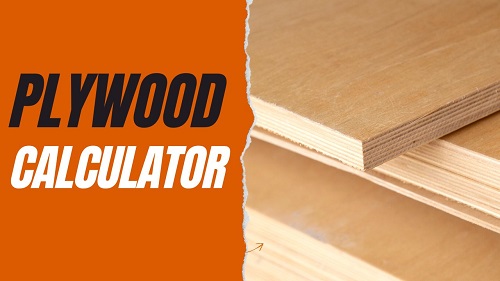
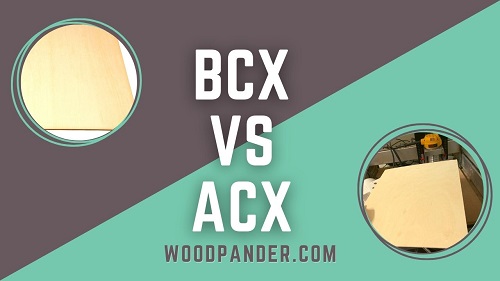
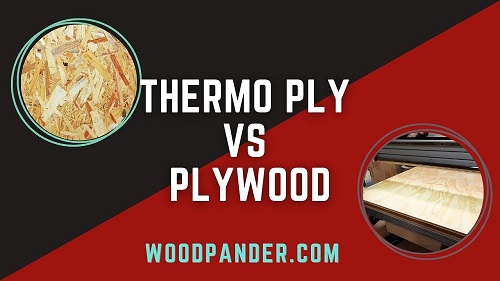
![1/2 vs 3/4 Plywood for Cabinets [Unlimited Guide] 12 vs 34 Plywood for Cabinets](https://woodpander.com/wp-content/uploads/2023/11/12-vs-34-Plywood-for-Cabinets.jpg)
